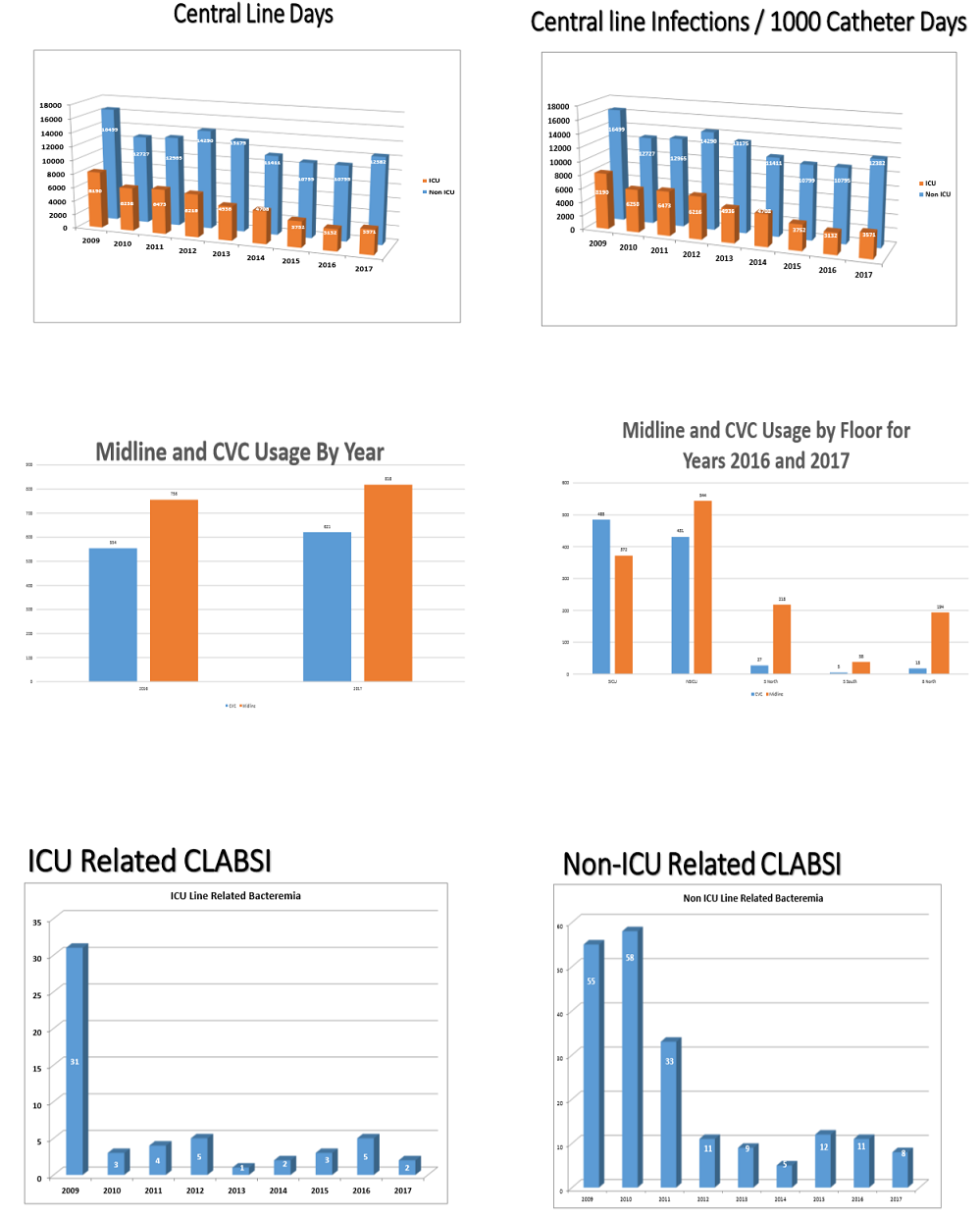H. V. Lewis1, C. Furnish2, C. A. Droege3,4, M. E. Droege3,4, N. E. Ernst3,4, M. D. Goodman1 1University Of Cincinnati,Department Of Surgery,Cincinnati, OH, USA 2University Of Colorado Denver,Skaggs School Of Pharmacy And Pharmaceutical Sciences,Aurora, CO, USA 3University Of Cincinnati,Department Of Pharmacy Services,Cincinnati, OH, USA 4University Of Cincinnati,Division Of Pharmacy Practice And Administrative Sciences, University Of Cincinnati James L. Winkle College Of Pharmacy,Cincinnati, OH, USA
Introduction: Venous thromboembolism (VTE) contributes to significant morbidity and mortality in trauma patients, with enoxaparin chemoprophylaxis preferred in high risk patients. Early thrombelastography (TEG) following injury has been shown to predict the incidence of posttraumatic VTE; however, TEG-adjusted enoxaparin dosing has not adequately guided chemoprophylaxis as reliably as serum anti-factor Xa (aXa) concentrations. We hypothesized that the TEG obtained during initial trauma evaluation could facilitate earlier identification of the need for enoxaparin dose adjustment based on subprophylactic aXa.
Methods: This single-center, retrospective chart review evaluated patients admitted to an urban level I trauma center over a nine month period. Patients were included if they underwent rapid TEG testing upon emergency department arrival and received a dose of enoxaparin with at least one serum trough anti-Xa concentration drawn during admission. Patients were stratified into dose adjusted (DAE) or single dose (SDE) groups based upon final enoxaparin dose received. Demographics including injury, VTE incidence, and chemoprophylaxis dosing and timing were analyzed. The primary aim was to compare TEG parameters between SDE and DAE groups. Secondary aims included VTE incidence and time to chemoprophylaxis initiation. Multivariate logistic regression analyses were performed to identify laboratory-associated and injury-specific independent risk factors for enoxaparin dose adjustment.
Results: 204 patients were included in the analysis with the majority (n=140, 69%) receiving dose-adjusted enoxaparin. Baseline differences between groups included age (SDE, 48.5 [29.3-72] vs. DAE, 38.5 [25-55.7] years; p=0.005), admission creatinine clearance (SDE, 92.9 [67.4-113.4] vs. DAE, 102.1 [83.8-129.2] mL/min; p=0.02), and time to VTE prophylaxis initiation (SDE, 23.8 [11.2-36.4] vs. DAE, 34.5 [18.3-52.7] hours; p<0.005). There was no difference in any TEG parameter, including MA:R ratio (SDE, 1.59 [1.18-1.87] vs. DAE, 1.43 [1.06-1.80]; p=0.13), or VTE incidence (SDE, 17.2% vs DAE, 11.4%; p=0.37) between groups. No independent laboratory value risk factors for enoxaparin dose adjustment were identified. Risk Assessment Profile score above 10 was an independent risk factor for VTE development.
Conclusion: Admission TEG did not predict the need for subsequent enoxaparin dose adjustment in trauma patients. Multicenter trials are needed to further explore the utility of TEG in guiding enoxaparin chemoprophylaxis in trauma patients.









